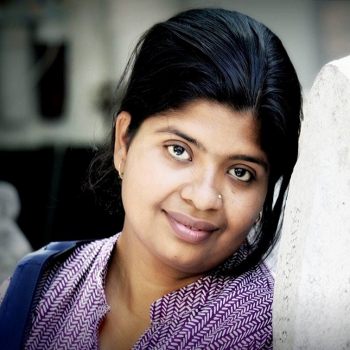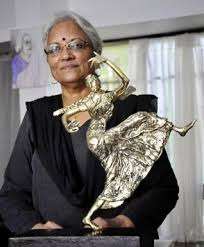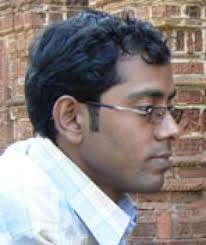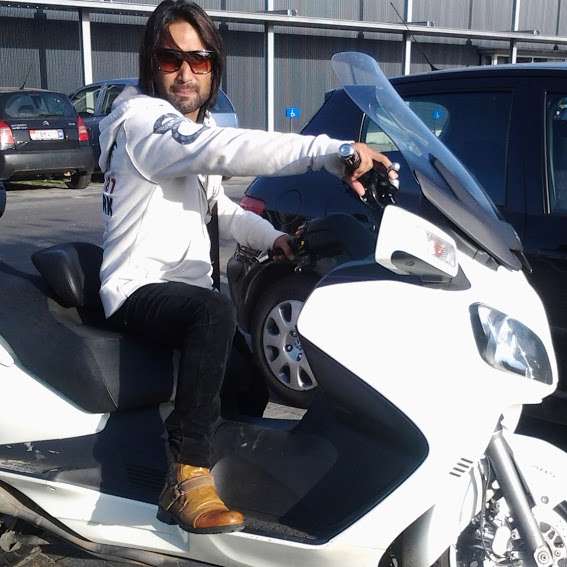Nothing major has ever happened overnight. It takes a number of stages and numerous processes to reach the present situation.
Art is no exception to this rule. Especially, Indian art, which has travelled a journey of thousands of years and multiple dynasties to stand in the current position.
Have you ever thought about how art started in India?
There is no collective consent on the dates, but it is expected that Indian art is more than 5000 years old. The first of the civilization used to paint images on cave walls.
Then, during the reign of different rulers, Indian art was blended with different beliefs, standards, and cultures.
Today, contemporary and abstract art mainly prevail in India, although traditional art still finds its audience.
The whole purpose of this blog is to offer an overview of how Indian art has covered the distance of such a long time. Let’s start with the beginning:
Pre-historic Art
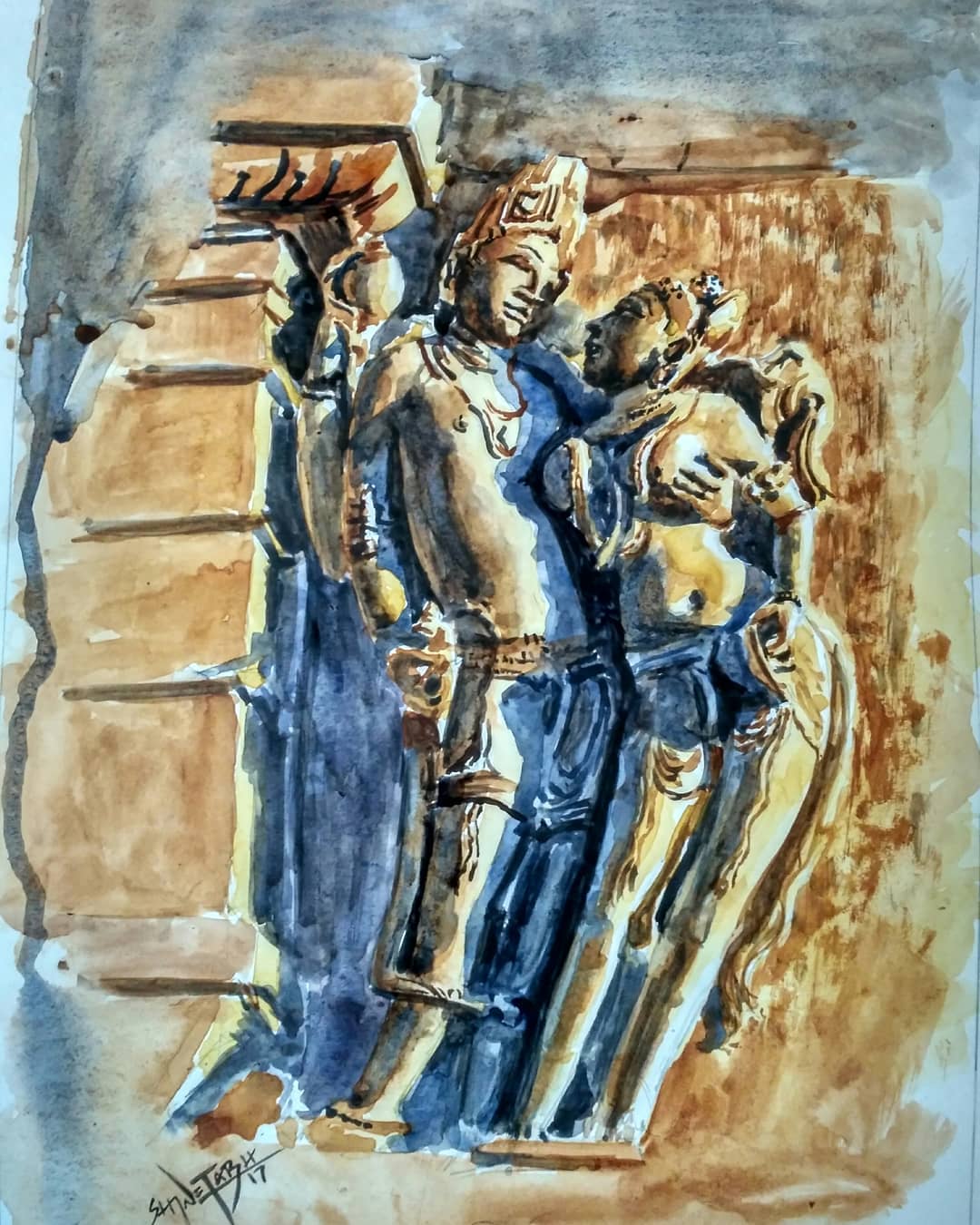
Indus valley civilization that started in India has been known for its well-planned architecture and its love for art.
Although not much, archaeologists did find some interesting stuff from Indus Valley and Harappa civilisations.
A lot of pictographic seals from Harappa times were discovered that signifies that art in India did start during pre-historic times only.
There has been evidence of rock & cave paintings during the Indus and Harappa culture time-periods. These Indian paintings usually reflect the lifestyle of those times.
The paintings on the caves of Ajanta & Ellora still blows our mind way considering how back they go in time.
After this, during 1000 AD Buddhist and Jain culture started carving religious scriptures on the palm leaves. Paper came into use during the quarter of the 14th century.
With the dawn of the 15th century, Islamic dynasties came in to rule India. Let’s see what happened then!
The Mughals and the Art
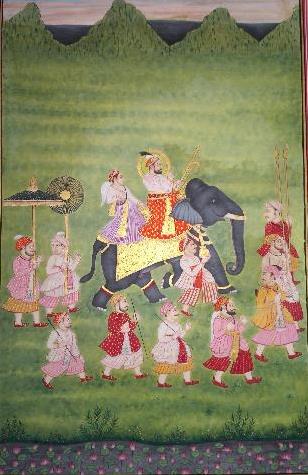
Mughals, the so believed descendants of Genghis Khan, brought a big chunk of Persian culture along with them to India.
The Mughals were the great admirer of art, and a burst of paintings, sculptures, poetry, and literature was there.
Indian art, then had an impeccable blend with the Persian art, examples of some of which we can still find. Especially during the reign of one of the greatest Mughal rulers Akbar, art in India really bloomed.
Art during those times was only enjoyment for the elite class and hardly used to reach the common folks.
The collaboration of Persian & Indian painters produced some exquisite work of art. Amazingly, along with the religious tales of Persian culture, epics such as Mahabharata also become the theme of the artworks in these times.
During the Mughal times, utilization of golden color saw a boost as it was meant to symbolize prosperity.
We can say that Mughal emperors really brought an assortment of art culture in India that can seem prevalent even today.
After Mughals, the British set up a colonial rule in India. During this time period, a lot of dynamic transformations were seen. Let’s take a look:
Indian Art in British Rule
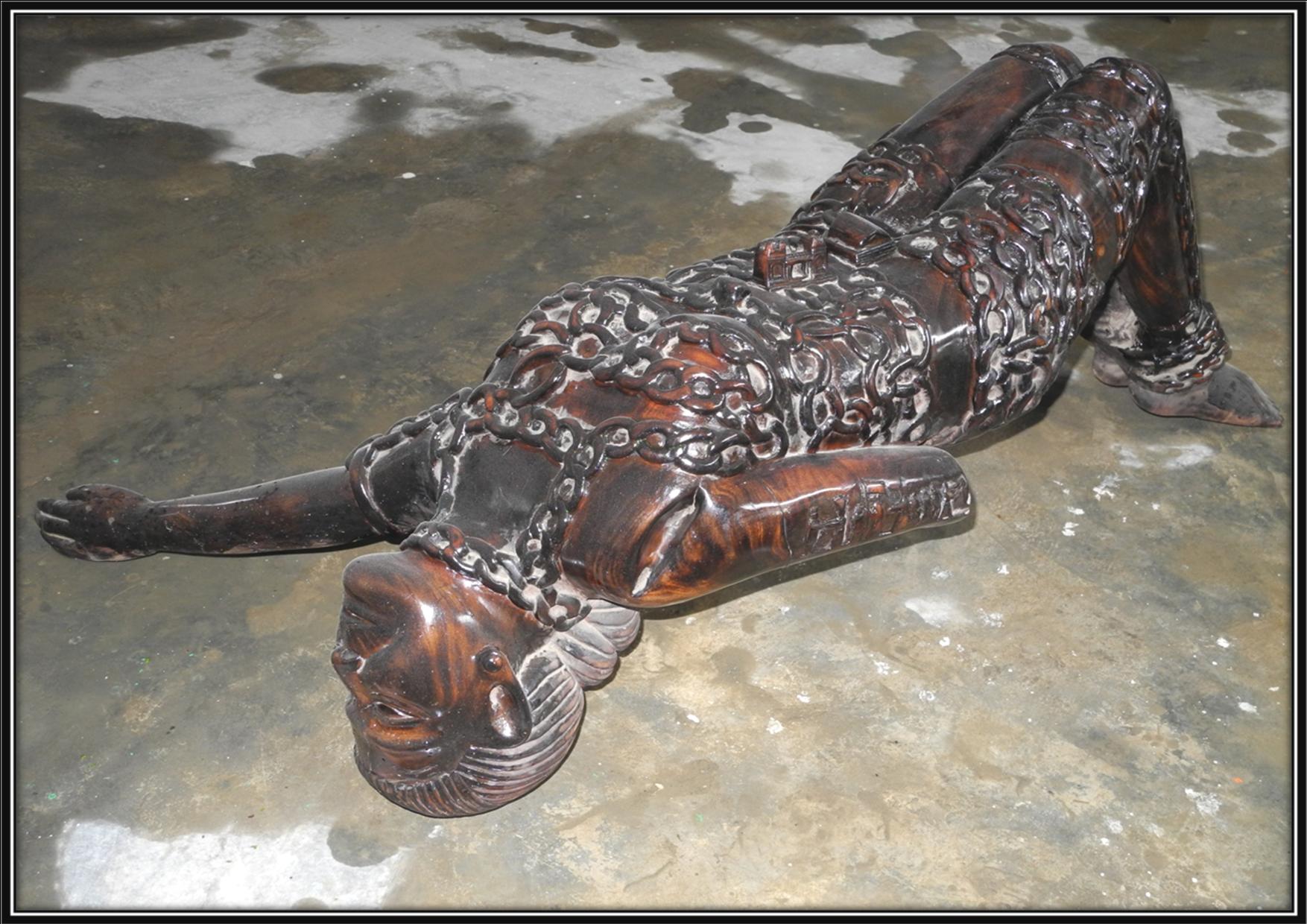
There was one prominent artist, Raja Ravi Varma, who believed in the idea of integrating Indian Art with the Western style of painting. But, his efforts were not so appreciated by the nationalists in India.
The result was the inception of the Bengal School of Arts.
One of the most significant turnarounds in British colonial rule was the birth of the Bengal School of Art.
The main theme of this art school was connecting with Nationalism. Still, quite a lot of British art admirers supported the cause.
Since British rule was keen on pushing the academic art style of painting in Indian culture, the uprising of Bengal School was focused on preserving the ethnic art culture in the nation.
The whole nationalist art movement was based on the thinking that Indian art is spiritual artistry while the British artworks only focus on materialistic aspects.
Art in Post-independence Times
When India won its independence in 1947, there were numerous art schools. The good thing was that these art institutions had full access to trending technology and advanced tools.
Although the art in those times was somehow impacted by the western style, still the theme of the artworks was totally based on Indian images and culture.
Progressive Artists Group was coined in 1947 to innovate the art style and seeking new ways to reflect India after independence. This group was dispersed in 1956, but it had already impacted Indian art to its maximum till then.
Contemporary Indian Art
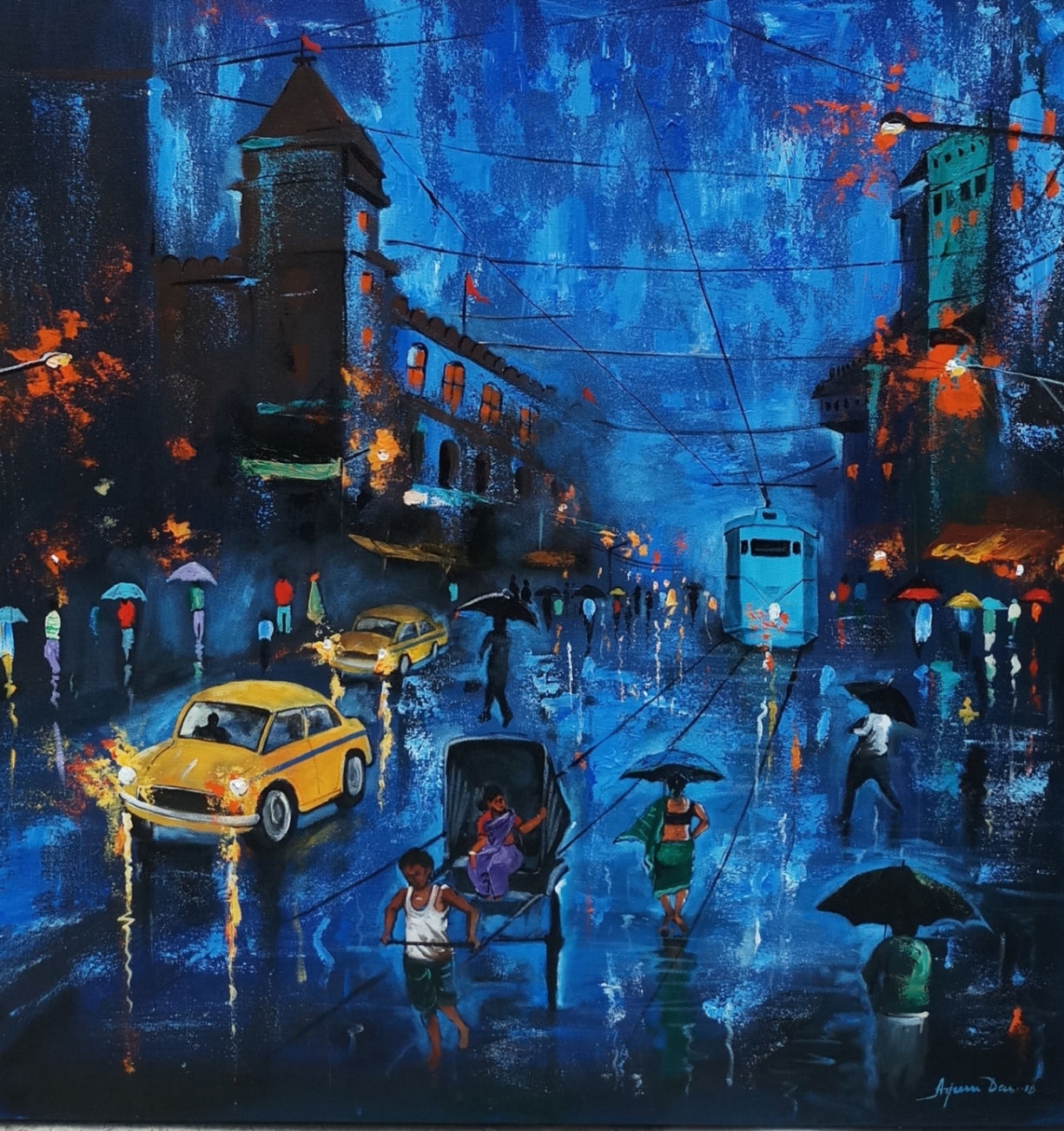
With the introduction of Pop art in the U.S.A, a whole new style of art was banging the doors. India was also not untouched by new ideas and the influence of abstract art.
This era gave us some great names such as M.F.Husain, Tyeb Mehta, S.H. Raza, Amrita Shergil, and many more.
Indian art has truly crossed a vast sea of cultural variations and art transformations in this journey.
Stay tuned for more exciting updates on Indian art and artists. Thanks!












